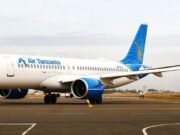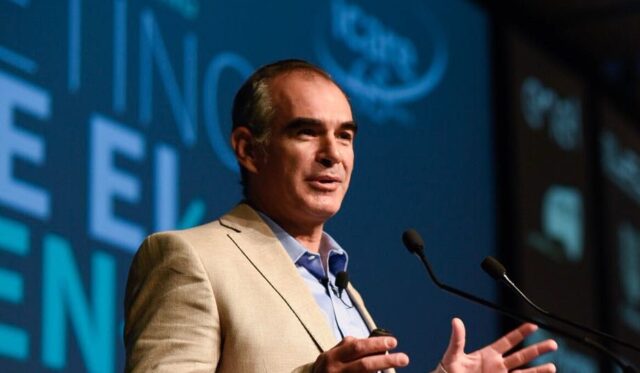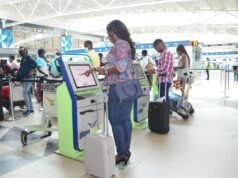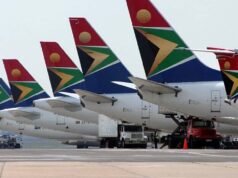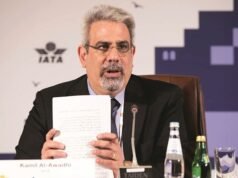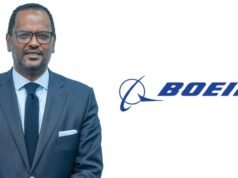Airlines must align loyalty rewards with revenue goals – Airnguru CEO | The Chief Executive Officer of Airnguru, Sergio Mendoza, has called on airlines to balance customer rewards and profitability within their reward schemes
Airline loyalty programmes rapidly evolve into fully immersive experiences, and carriers are grappling with balancing customer rewards and profitability within their reward schemes.
“Too often, loyalty programmes operate in isolation, detached from revenue management. Marketing teams push to maximise engagement, but without alignment on financial objectives, airlines risk over-allocation and could underprice the inventory redeemable through miles. This approach not only impacts margins but also leaves untapped opportunities for demand stimulation on the table,” Sergio Mendoza, CEO of fare management and pricing optimisation specialist Airnguru, said.
Mendoza highlights the opportunity for greater integration between loyalty programmes and revenue management processes, emphasising the potential of AI to unlock insights from customer data.
“Airlines sit on a wealth of information within their loyalty databases. By aligning this with consistent pricing strategies, they could steer rewards to low load factor flights in order to minimize displacement costs and incentivise reward demand in underperforming flight clusters. This would allow them to incentivise travellers to book additional trips, instead of redeeming their reward tickets for the flights they had already planned on booking. The goal should be a unified decision-making process that drives value for both the airline and its customers.”
He also challenged long-standing assumptions that underpin many loyalty programmes. “How do we determine the percentage of tickets that should be allocated for loyalty redemption? What do we charge customers who are redeeming reward tickets? Is it enough to have a fixed mile-to-cash conversion? These questions go unasked far too often. Without auditing these practices, airlines may miss out on substantial revenue improvements.”
Mendoza argues for applying the rigour of revenue management to loyalty programmes. “At its core, loyalty is a huge long-term liability that competes with short-term cash sales for the same inventory. You can sell the seat with miles, or you can sell it with dollars – the trade-off is short-term cash flow versus long-term loyalty. On the one hand, every seat redeemed with miles must be assessed against its potential cash value, which requires a good handling of the displacement and dilution costs associated with the transaction. On the other hand, we should consider the long-term impacts of our policies on customer loyalty and the liability. Do customers perceive the loyalty programme as generous when compared to that of other carriers? This level of analysis requires breaking down silos between departments.”
By rethinking how loyalty integrates with overall revenue strategies, Mendoza believes airlines can achieve significant gains. “This is a space ripe for optimisation. A more calculated approach to loyalty isn’t just about pleasing frequent flyers – it’s about securing the long-term profitability of the entire operation.”
Airlines must align loyalty rewards with revenue goals – Airnguru CEO | AviationGhana

